What is a business owner’s principal objective? To achieve success, profits, and be number 1 in the business. How is it possible to achieve this goal, you may ask? Of course, it is possible if your e-commerce website has good traffic, so the thought of mastering e-commerce SEO must have crossed your mind quite a few times.
If you are a retailer and wish to cater to a larger audience to sell your products, it is a prerequisite to have a good e-commerce website. But, till you do not attract traffic to your page, how can you sell your products online? It is not going to sell itself, right? So, imagine Nykaa not having an e-commerce SEO strategy in place. It wouldn’t have been possible for it to be where it is today.
In this post, you may learn basics about how to utilise keywords, their location, best, tried-and-tested techniques to optimise SEO on-site, as well as how to generate traffic with the product description to your e-commerce site.
So grab a cup of coffee and settle in, and let us get started with the definition of e-commerce SEO.
Table of Contents
What exactly is e-commerce SEO?
SEO for an e-commerce website makes your online store more visible on the results pages of your search engine (SERPs). To generate more traffic to your page, your page must rank on the first page of search engines like google, especially in the top 10 searches.
Why Does SEO for E-commerce Matter?
When a consumer wants to purchase anything, what is the first thing he does? Look up on Google for the specific item, right? Whether it is clothing, books, makeup and accessories etc. or tips, comparisons or any other information that would make it easy for them to decide.
If your web store does not appear in SERP when the customer is looking for it, you lose out on potential customers or target audiences.
Thats where e-commerce SEO comes into the picture, which helps the website to optimize on search engines. An SEO optimized website will lure first-time visitors to your website. It is also possible to convert them into actual buyers. Once you master the techniques, you will start ranking on Google, thereby increasing your sales organically.
It might initially seem like a huge task if you are in the business of an already overcrowded product with tons of websites. But with a solid E-commerce strategy in place, you can achieve massive product sales through your website.
Best E-commerce SEO Practices in 2024
Improve organic search results and improve the traffic of your website, make brands aware, and transform your SEO e-commerce strategy with these tips:
-
Use the Right Keywords
 As a business owner, you have to get the first step right. Therefore, E-commerce keyword research is the first step in e-commerce SEO strategy.
As a business owner, you have to get the first step right. Therefore, E-commerce keyword research is the first step in e-commerce SEO strategy.
Either of two things will happen: you might target keywords that are challenging to rank on the first page of search engines, or you might rank for keywords that do not attract a lot of traffic and do not result in customers buying anything from your site.
None of the circumstances is ideal in this case. Therefore, research into keywords is crucial for e-commerce SEO — it ensures you target keywords that are relatively straightforward to rank, have a good search volume, and have high conversion.
Keyword research is more than choosing the correct keywords to make them appear in search results.
Search volume informs how much customer interest is inspired by a specific search. Therefore, a large volume of searches implies more popularity, which means you receive a more active keyword search.
Along with keywords, you also have to take into account buyer intent. Therefore, you must pay close attention to the words a consumer searches.
For instance, in the research phase, if a buyer searches for “the best laptops.” However, if the consumer refers to the brand name and laptop model number, he wants to see the best offer on the search engine. Thus, it demonstrates their intention to buy, also termed the commercial buyer intent.
-
Conduct Competitor Research

Image source: www.pixabay.com
Suppose you don’t know where to start optimizing your website on the premises. In that case, your best bet is with your rivals. In particular, bigger competitors have undoubtedly already worked hard to improve their e-commerce SEO on their websites, and many of their secrets may be found there.
You need to concentrate on the keywords. In particular, the keywords on their home pages and top product pages should also be something you should focus on while researching.
-
Optimize for Site Search
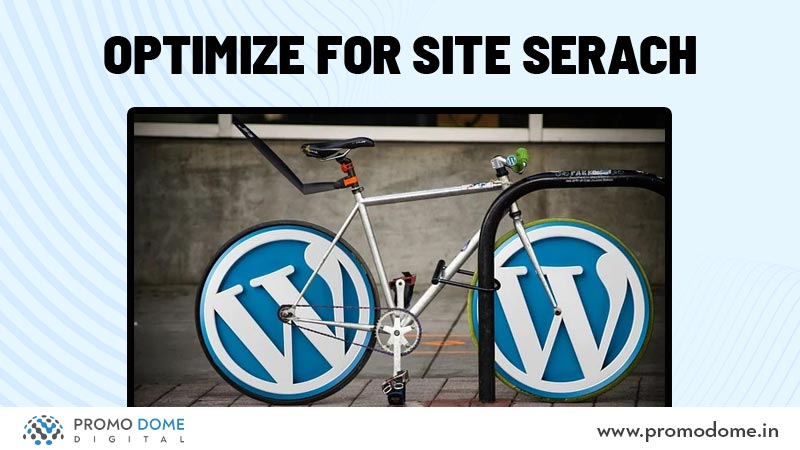
image source: www.pixabay.com
To appear on the first page of search engines, you must optimize your WordPress SEO. From an SEO perspective, put keywords with high internal search volume into H1 & H2, body text, and meta descriptions on your product pages. It helps to target and place your keywords in the search engine results pages.
-
Optimize Homepage Content
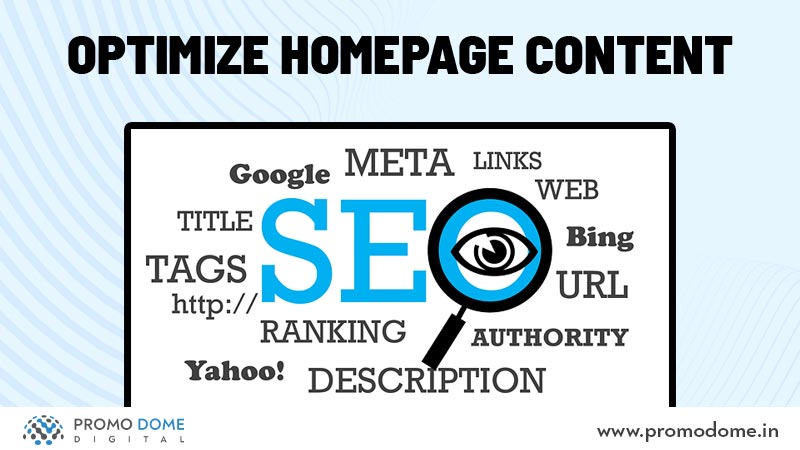
image source: www.pixabay.com
Another essential SEO for an e-commerce website is that your brand’s website should be clutter-free and not confuse visitors. The information on your site should encourage visitors to understand more precise and straightforward ways about your company and the products you need to provide. Consider highlighting your top few products and your (USP) unique selling proposition on the homepage.
An aspect of SEO for e-commerce that is frequently ignored is images. Pictures are an excellent method to share a message and captivate a crowd. However, they can distract readers from your content, so be careful not to use too many photos and overload your descriptions.
-
Add Customer Reviews
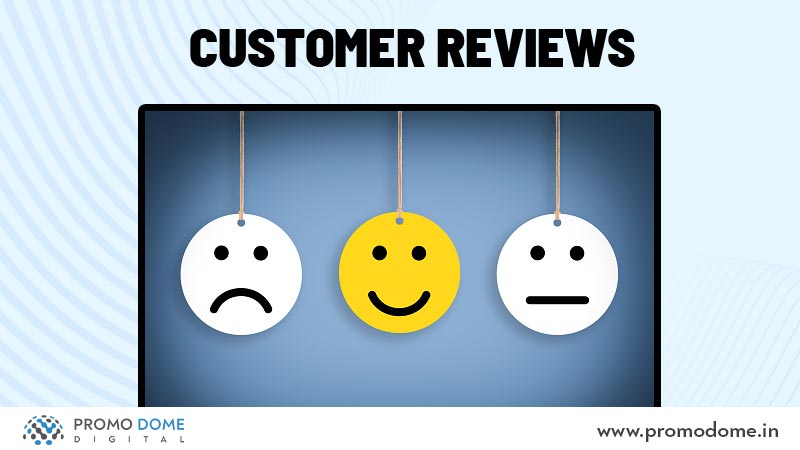
image source: www.pixabay.com
Google takes customer feedback very seriously. Don’t we all, after all? Before we decide on buying a product. Adding customer reviews might influence the buying decisions of the people who visit your site. Boost your e-commerce SEO to build credibility for your business.
-
Reduce Load Time
 It is not only an excellent user experience, but it also affects the search rankings considerably. Therefore, 100-200 milliseconds load time is a vital reference point in our experience. Although there are numerous techniques to enhance site speed, compression of images may usually have an instant effect. Therefore, we propose that you examine Google Tag Manager or other SEO tools to save the active scripts on your website. If the list begins to seem more like a new one, you may also wish to eliminate unnecessary calls, which may slow down your site.
It is not only an excellent user experience, but it also affects the search rankings considerably. Therefore, 100-200 milliseconds load time is a vital reference point in our experience. Although there are numerous techniques to enhance site speed, compression of images may usually have an instant effect. Therefore, we propose that you examine Google Tag Manager or other SEO tools to save the active scripts on your website. If the list begins to seem more like a new one, you may also wish to eliminate unnecessary calls, which may slow down your site.
-
Optimize for Mobile

image source: www.pixabay.com
If your site is not optimized for mobile phones, you will be at a severe search disadvantage. Evolving user behaviors require responsive design, both from an SEO point of view and for user experience.
-
Resolve Site Errors
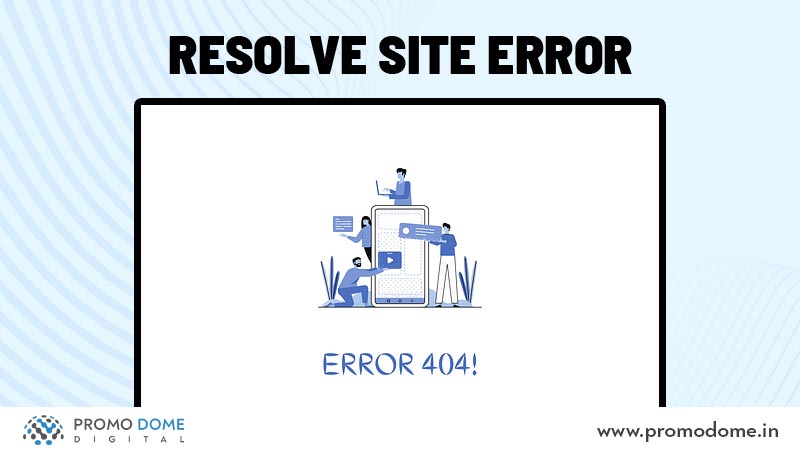
image source: www.pixabay.com
Keep your site clean using Google Search Console continuous monitoring (formally known as Google Webmaster tools). Broken links, 404 pages indexed, or mistakes in sitemap files may also be included as a name for some. While not all errors are equal, fixing them will enhance Google’s capacity to index your website and positively influence search rankings.
-
Add Breadcrumbs
 They allow visitors to follow past steps and return to where they began. Thus, breadcrumbs are a different SEO for e-commerce advantage and not only a usability technology. This proven approach can contribute with minimum effort to boost your user experience and rankings.
They allow visitors to follow past steps and return to where they began. Thus, breadcrumbs are a different SEO for e-commerce advantage and not only a usability technology. This proven approach can contribute with minimum effort to boost your user experience and rankings.
-
Use Schema Markups to Help Google and Users Understand Content
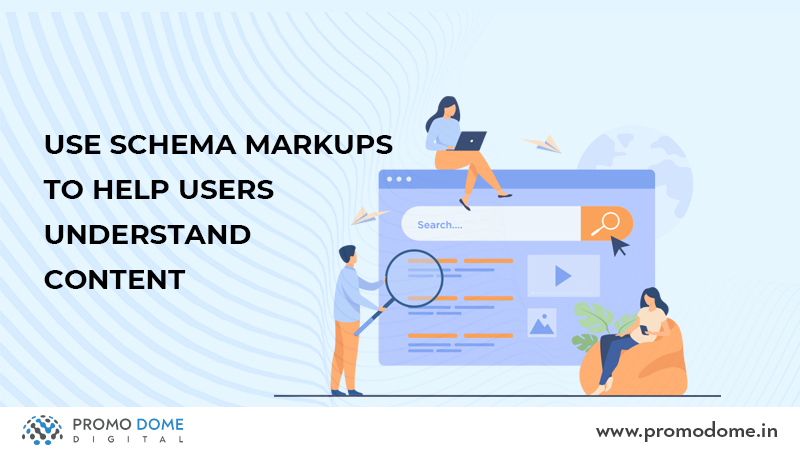 As an e-tailer, you may show extensive product information on search engines on the search page, including pricing, availability, and review ratings. In addition, Google and other search engines are aggressively implementing new search results layouts.
As an e-tailer, you may show extensive product information on search engines on the search page, including pricing, availability, and review ratings. In addition, Google and other search engines are aggressively implementing new search results layouts.
The first location where visitors tend to click is the sites listed on the Rich Graphs and Snippets. Ultimately, the SERP component will assist in drawing more clicks and people to your page. Next, use the Google Structured Data Testing Tool to verify your pages correctly employ the Schema.org markup style.
Conclusion
You need to understand e-commerce SEO today to obtain your desired goal of monthly visitors to your site.
A basic SEO approach can improve your site’s sales, and it doesn’t take years.
You’ll start ranking on your first page of search engines by following this simple guide. You may discover your brand in the first three search results by concentrating on keywords.
Frequently Asked Questions
How is e-commerce SEO different from normal SEO?
In contrast to traditional SEO, which aims to rank websites for more general content, e-commerce SEO is concerned with improving the user experience and sales generated by an online store’s product pages, categories, and overall structure. Technical optimization for product keywords, user reviews, and site structure are all part of e-commerce SEO, which aims to increase conversions.
What are SEO best practices for your e-commerce store?
SEO best practices for e-commerce stores include:
- Use Unique Content: Write original product descriptions and reviews.
- Mobile Optimization: The site must be mobile-friendly.
- Leverage User Reviews: Improve credibility and rankings by encouraging users to put reviews.
- Improve Site Structure: Ensure easy navigation to find products with clear instructions and internal links.
- Optimize Product Pages: Use relevant keywords in titles and descriptions to improve the visibility of the products when users search for them.
What’s the most important ranking factor for eCommerce SEO?
Product pages with high-quality, relevant content—including optimized keywords, user-friendly descriptions, and creative content that fulfills search intent while enhancing the user experience—are the essential ranking criteria for search engine optimization in e-commerce stores.
